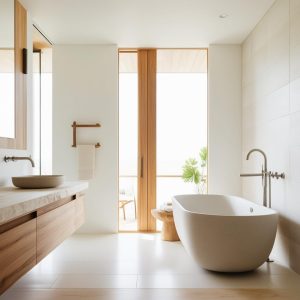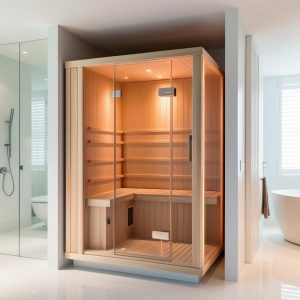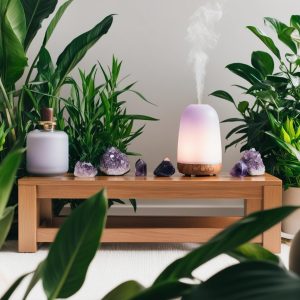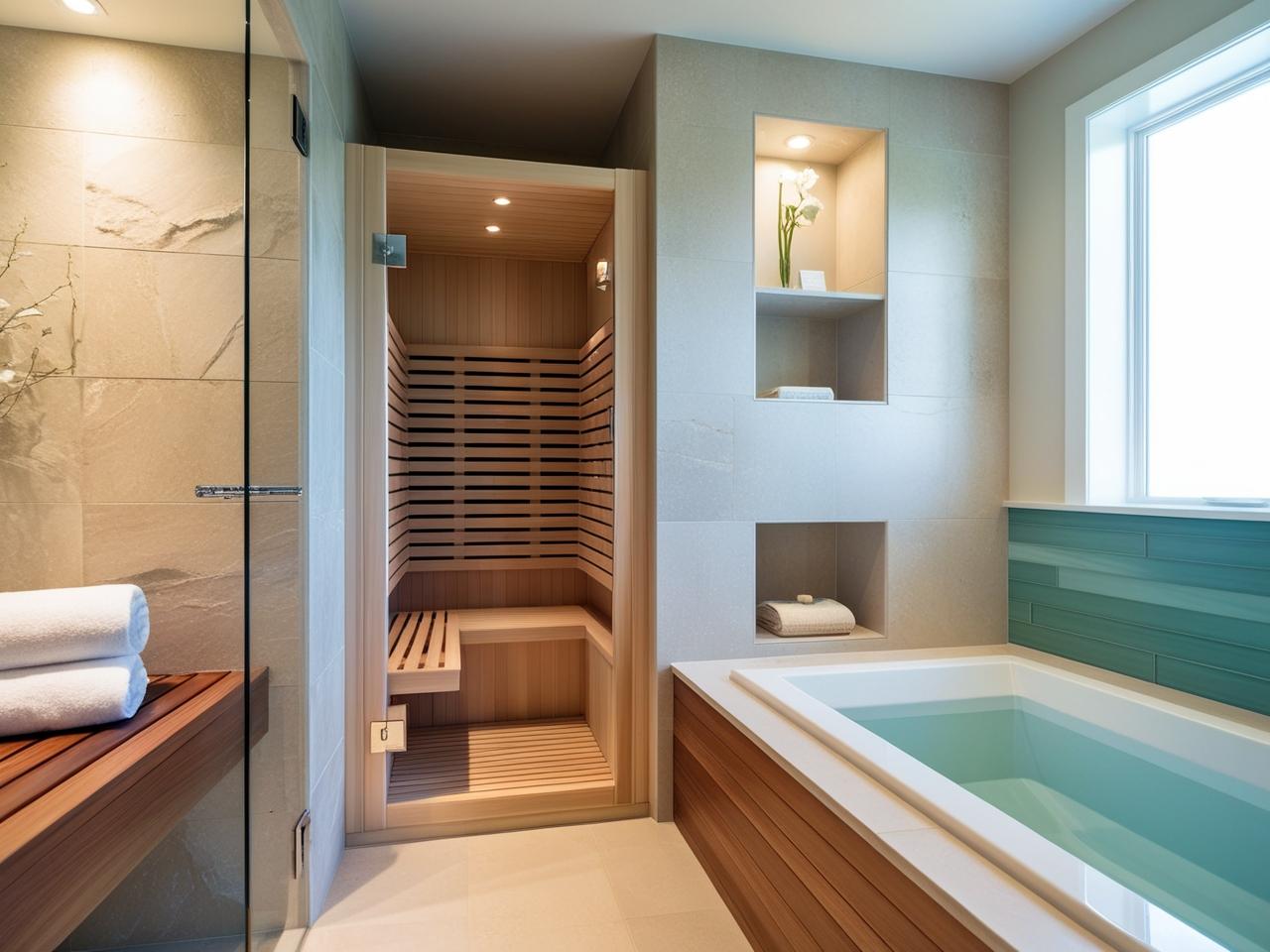Wellness-Centered Home Layouts
Creating restorative living spaces
In today’s fast-paced world, our homes should be sanctuaries – spaces that actively contribute to our well-being. Wellness-centered layouts are about creating environments that nurture mind, body, and spirit. This means thoughtfully integrating design elements that promote relaxation, reduce stress, and enhance overall health. Let’s explore some key features of these layouts:
|
Spa-Like Bathrooms: Your Personal Oasis |
|
Transform your bathroom into a tranquil retreat. Consider these elements: |
|
 |
|
Home Saunas: Sweat Your Way to Wellness |
Integrating a sauna into your home provides numerous health benefits, including detoxification, improved circulation, and stress reduction. Consider these factors:
|
 |
|
Meditation Nooks: Finding Your Inner Peace |
Create a dedicated space for meditation and mindfulness. Key elements include:
|
 |
|
Invisible Wellness: Design Features You Can’t See |
Beyond the visible, several design features can contribute to a healthier home environment:
Soundproofing:
|
Strategically soundproof walls, floors, and ceilings, especially in bedrooms and meditation areas. Use sound-absorbing materials like acoustic panels, dense insulation, and solid-core doors.. |
Air Purification:
|
Install a whole-house air purification system with HEPA filters to remove allergens, dust, and other pollutants. Consider using low-VOC paints and finishes to minimize chemical emissions. |
EMF Reduction:
|
Implement design strategies to reduce exposure to electromagnetic fields (EMFs). Use shielded wiring, distance yourself from electronic devices, and consider EMF-blocking paint. |
|
The Scent of Serenity: Aromatherapy and Ventilation |
Enhance your wellness-centered layout with natural aromatherapy and efficient ventilation:
- Built-in diffusers: Integrate essential oil diffusers into your HVAC system or individual rooms for consistent aromatherapy.
- Natural scents: Use plants, flowers, and herbs to create natural fragrances.
- Proper ventilation: Ensure adequate ventilation to circulate fresh air and remove stale air. Consider a heat recovery ventilator (HRV) or energy recovery ventilator (ERV) to improve air quality and energy efficiency.
By incorporating these elements, you can transform your home into a true sanctuary – a space that supports your physical, mental, and emotional well-being.
|
Conclusion: Your Home, Your Wellness Journey |
Creating a wellness-centered layout is an investment in your health and happiness. By focusing on spa-like bathrooms, home saunas, meditation nooks, and invisible wellness features like soundproofing and air purification, you can design a home that actively supports your well-being. Don’t forget the power of natural aromatherapy and proper ventilation to complete your sanctuary. Your home should be a place where you can truly thrive.


 Facebook
Facebook
 X
X
 Pinterest
Pinterest
 Copy Link
Copy Link
